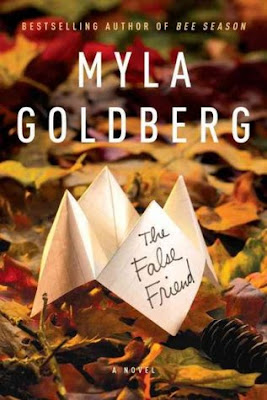Memory at center of ‘The False Friend’
 Celia and Djuna were best of friends in the fifth grade. They spent their days bullying other girls and fighting with each other.
Celia and Djuna were best of friends in the fifth grade. They spent their days bullying other girls and fighting with each other.
The memories of those days remain locked up for Celia, who 20 years later has not come to terms with her past. She does remember the day Djuna disappeared, though. And she holds herself to blame for the girl’s fate.
Seeking to reconcile the past, Celia returns to her childhood home. She confesses what she believes to be the truth to her parents and childhood friends. However, their memories don’t match Celia’s, and she’s left with no way to gain absolution for her guilt.
Myla Goldberg’s “The False Friend” explores many themes: childhood cruelty and trauma; the unreliability of memory; challenges of relationships; and the need for forgiveness. But none of these themes is followed through to a satisfying resolution.
“The False Friend" begins with an interesting plot, but flowery writing and underdeveloped side stories distract from the novel’s main focus. Celia not only struggles with the past, but also her present. Her boyfriend, Huck, seems a bit extraneous to the story, yet Goldberg has him narrate a couple of random chapters. Goldberg also introduces the story of Celia’s brother and his drug addiction but doesn’t follow through enough to make it relevant to the novel.
Ultimately, “The False Friend” may leave readers unfulfilled. What begins as an examination of childhood bullying and its consequences unravels, leaving Celia unchanged from the beginning of the novel and readers wondering where the story’s meandering path was supposed to lead.









